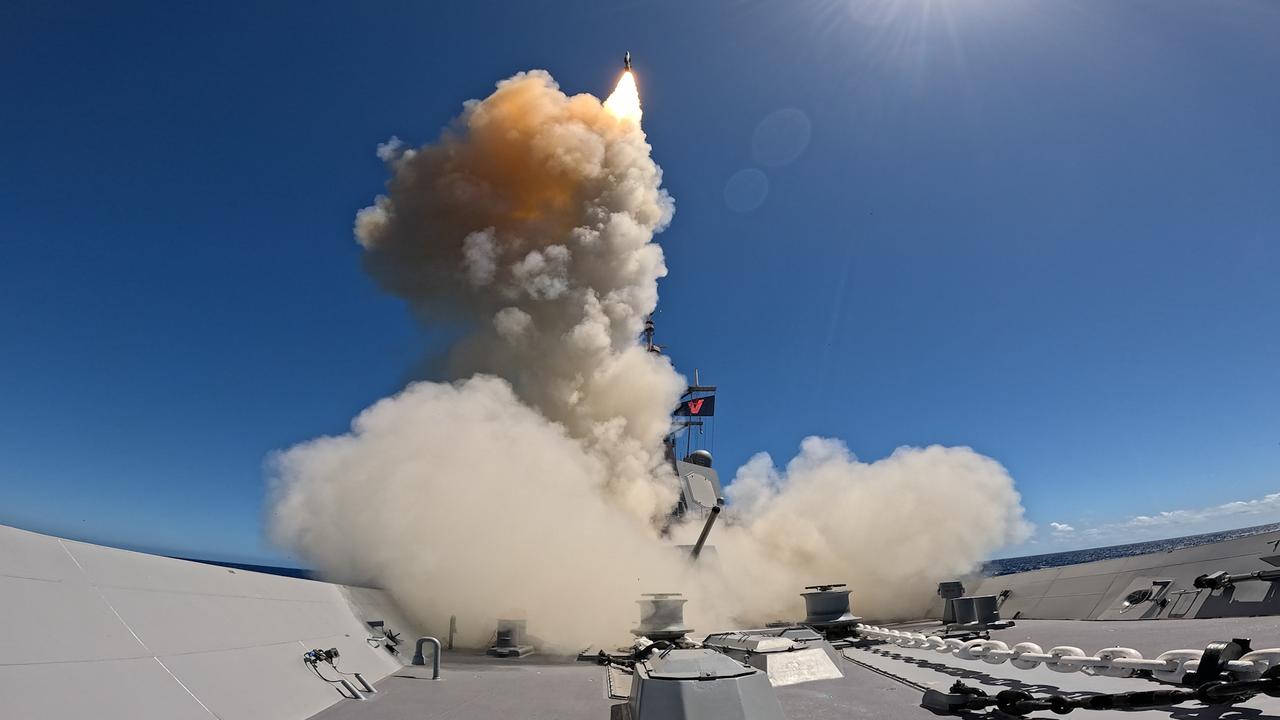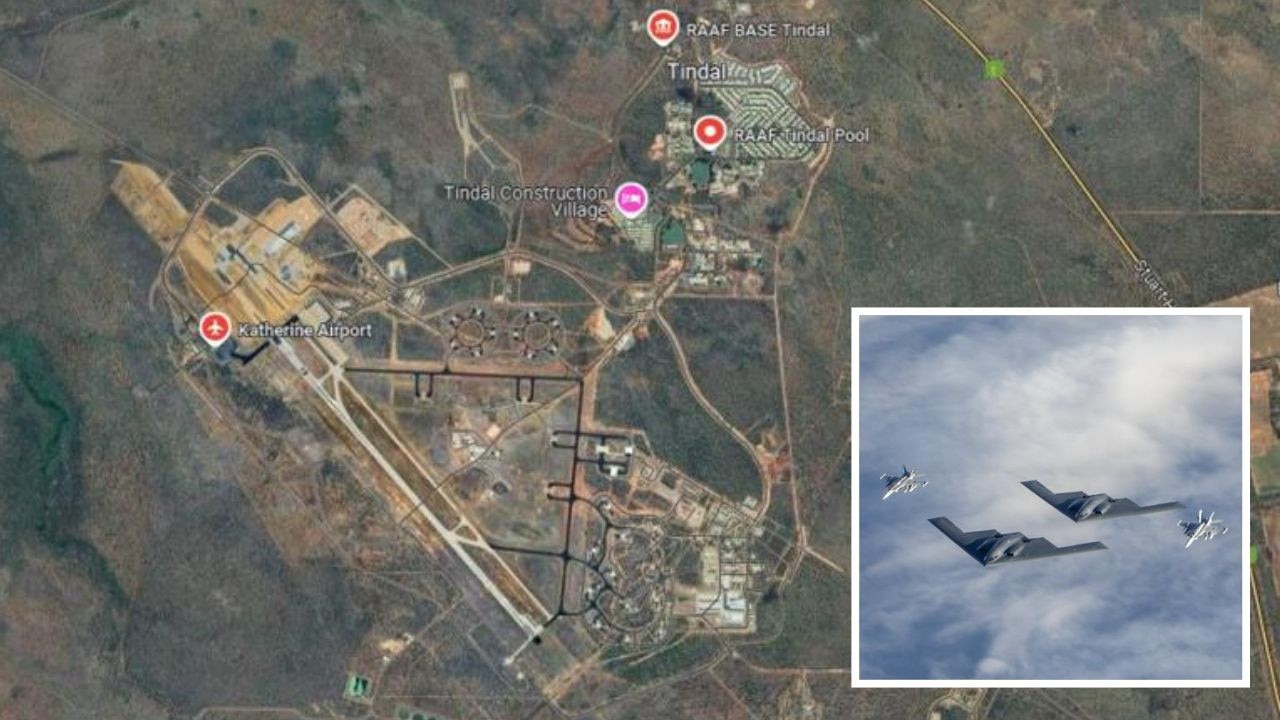Afghanistan: ADF tells of ‘harrowing’ Kabul evacuation
The Australian Defence Force has opened up on its “chaotic” rescue mission in Kabul where it helped evacuate 4100 people in 32 flights.
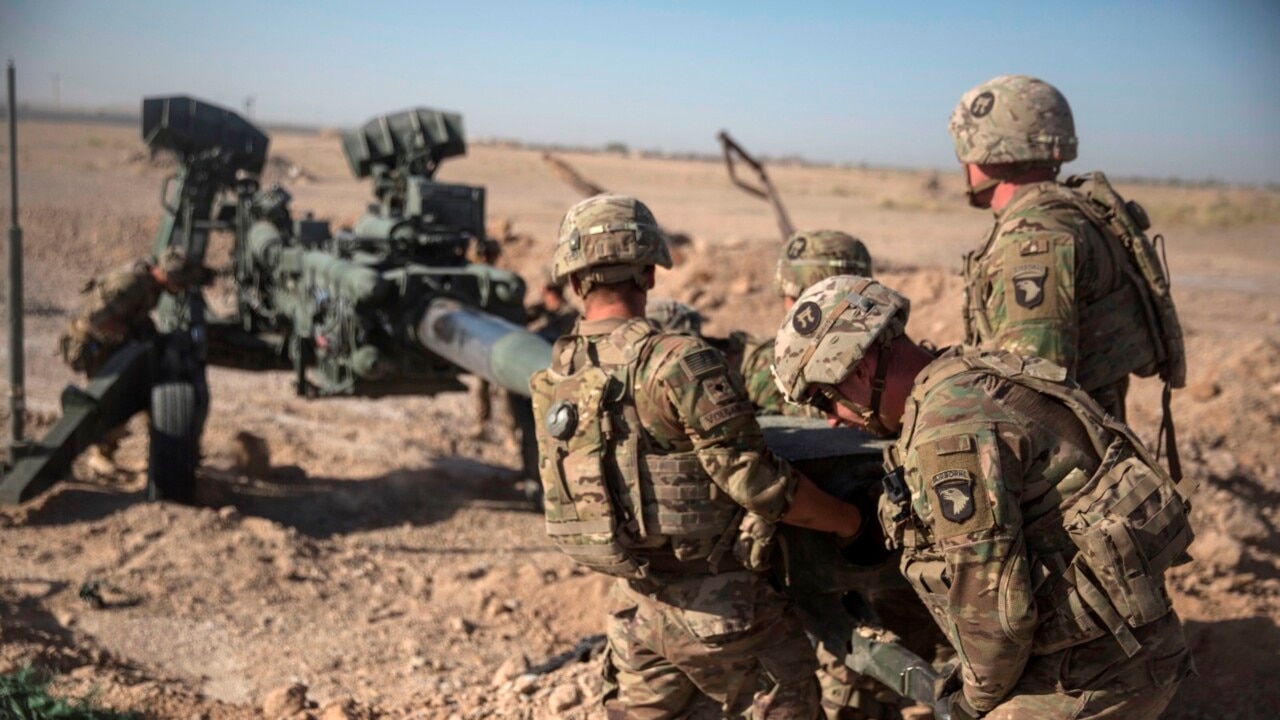
The Australian Defence Force has shared how it managed to evacuate 4100 people from Afghanistan in 32 flights.
Joint Operations Command tweeted an overview of what was involved to get thousands of evacuees out of Kabul airport, which was the subject of a terrorist attack that killed 13 US service members and at least 90 Afghans.
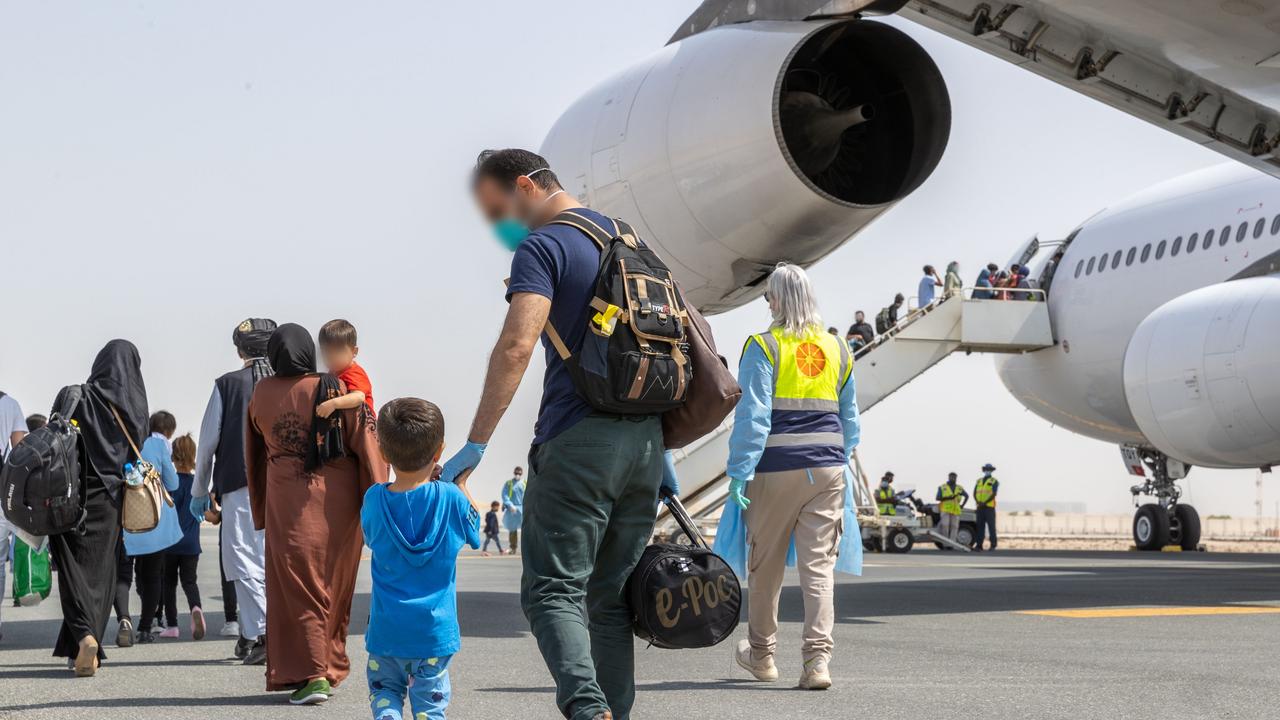
“The military mission was led by Commander Joint Task Force 633, Air Commodore David Paddison, with subordinate air, land, and support elements. Around 250 extra troops and four aircraft were deployed to augment those already in the Middle East,” the ADF said. “The first Australian evacuation flight occurred on 17 August. As the team established themselves at the airport, each subsequent flight would carry increasing numbers of evacuees. One C-17A carried more than 350 passengers, floor loaded.”
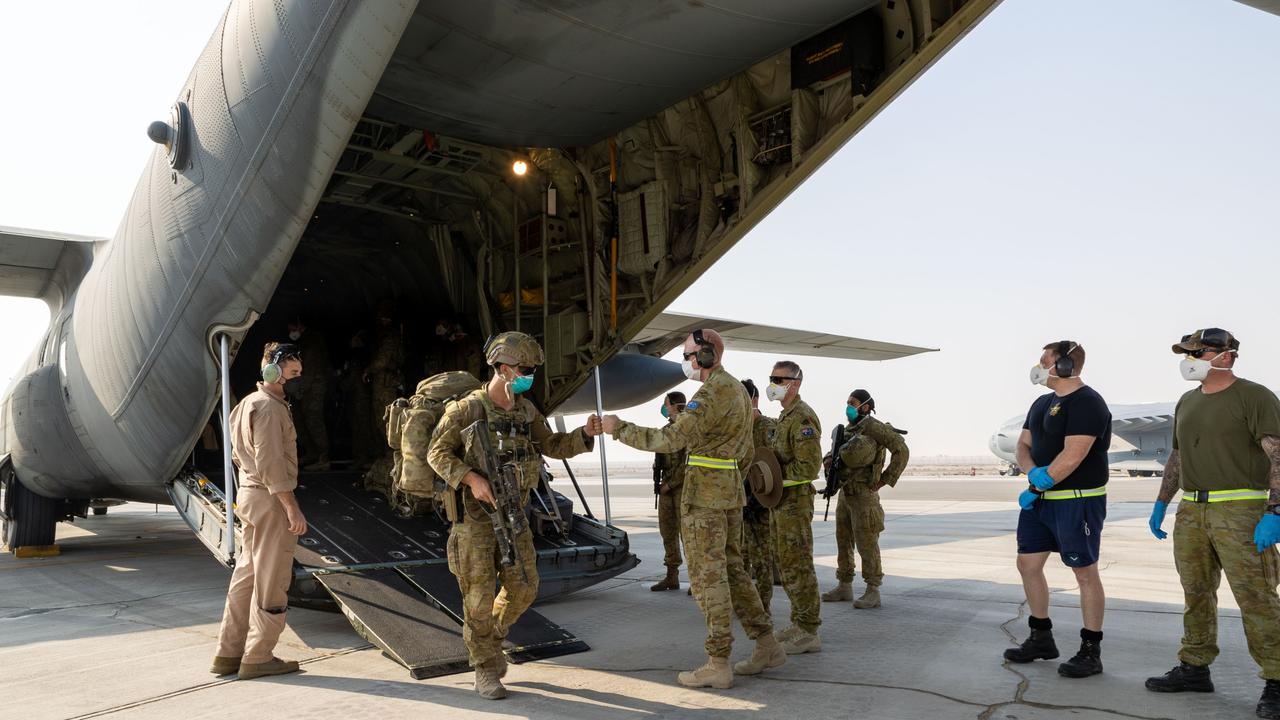
The ADF said that troops had to wear night vision googles to navigate the busy airspace and mountainous terrain, using eight air-to-air refuelling planes.
“In less than three days, ADF engineers and contractors turned a bare patch of sand into a camp to cater for the needs of 450 evacuees, which then expanded to accommodate more than 3000,” Joint Operations Command tweeted. “Many evacuees were women and children. Some only days old, and some were born shortly following their evacuation flight.”
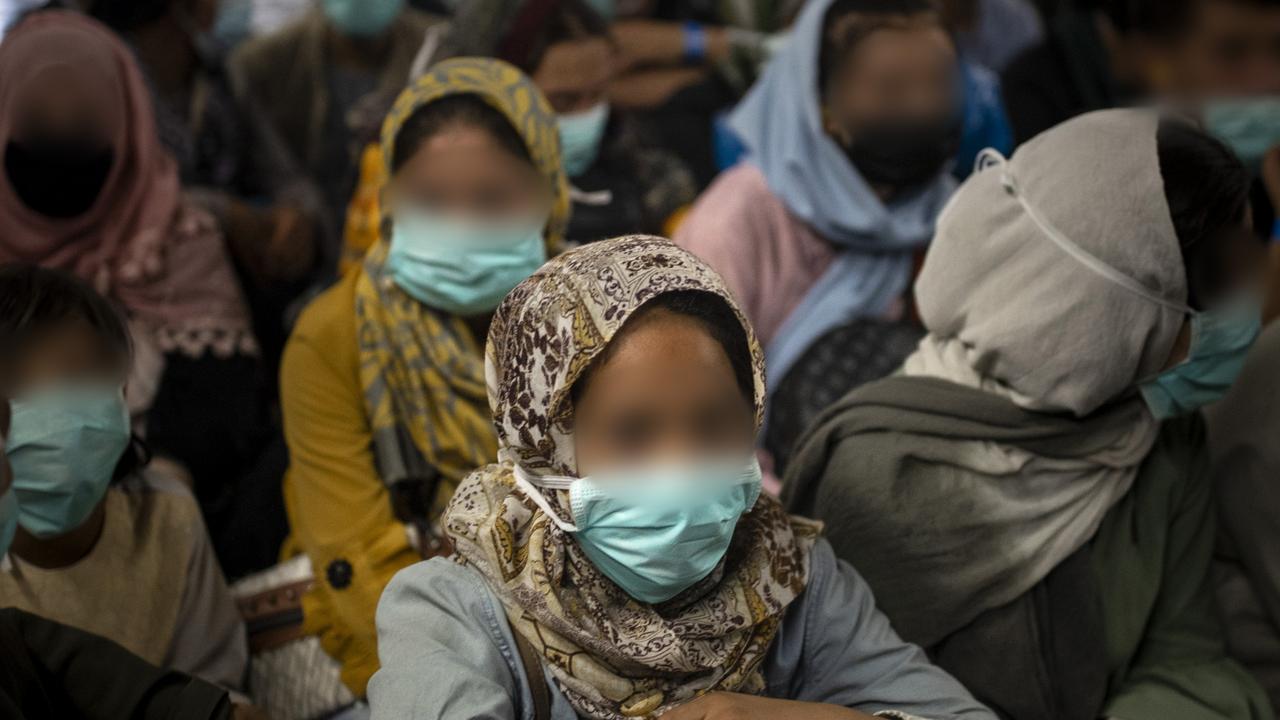
The ADF went on to say that the stories of those being evacuated “were harrowing, but hopeful.
“For our soldiers at the airport gates, it was urgent, chaotic, and dangerous work. But their sense of purpose was absolute,” the ADF said. “Throughout the operation, the 1st Joint Movements Unit co-ordinated all flights to Afghanistan and back to Australian capital cities. They negotiated additional contracted aircraft, and managed relations with airports. Commercial airlines assisted as well.”
All up, the ADF evacuated more than 4100 people in 32 flights from Kabul. More than 3500 now call Australia home.
We close with this quote from our deployed ADF Imam. pic.twitter.com/P59rxyBZQK
— Joint Operations Command (@hqjoc) September 11, 2021
Defence Minister Peter Dutton claimed some Afghans who had worked with Australian troops had switched their allegiance to the Taliban and that it was proving difficult for Australian officials to prove their identity. He confirmed he rejected some people because of fear they may carry out a terrorist attack in Australia.
“It’s the reality we’re dealing with,” he said, without revealing specific numbers.
“Ascertaining someone’s identity is difficult in that part of the world.”
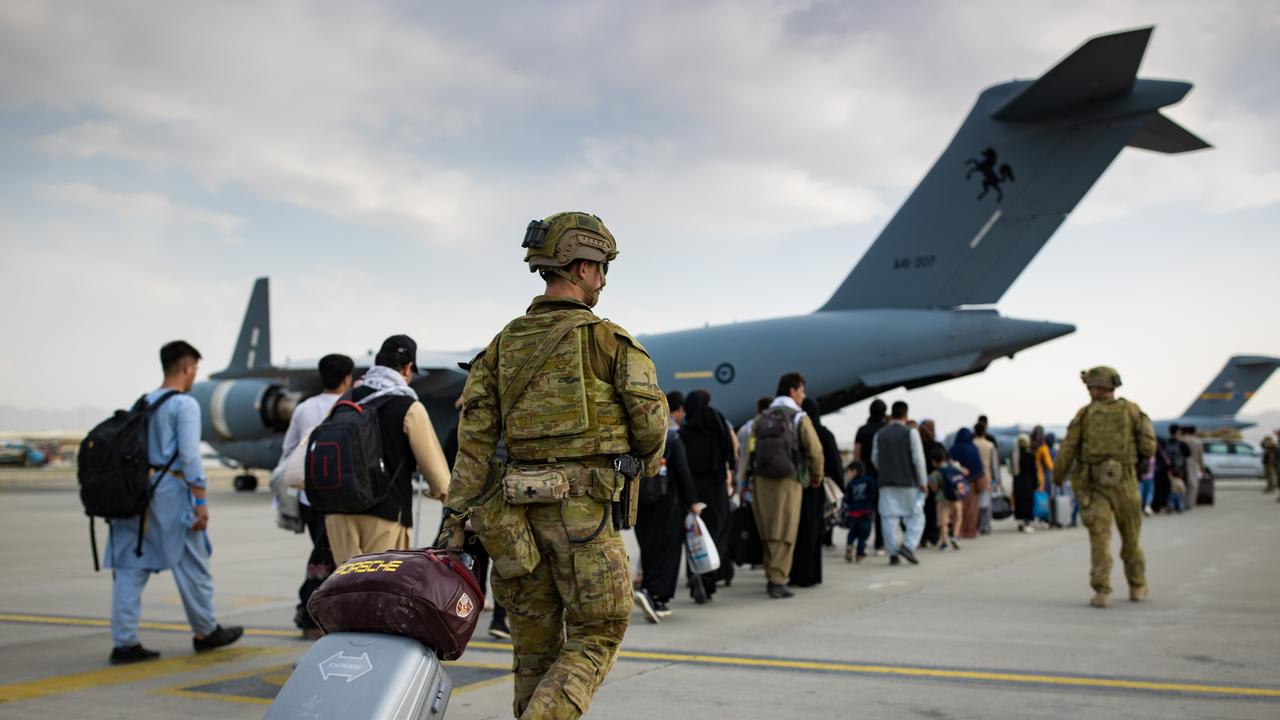
There were an estimated 130 Australian citizens in Kabul when the city fell to the Taliban last week.
Prime Minister Scott Morrison praised the Australian military’s work in Kabul.
“The people are doing this job on the ground, they are real heroes, compassionate heroes,” Mr Morrison said.
“Dealing with people in the most distressing and dangerous of situations.
“Our ADF, our air force flying people in and out, those from three brigades there on the ground doing the job providing security and supporting people getting onto these planes, our Home Affairs officials, our Department of Foreign Affairs and Trade officials, they’re going through what is an extraordinarily intense time – and they’re getting people out.”


